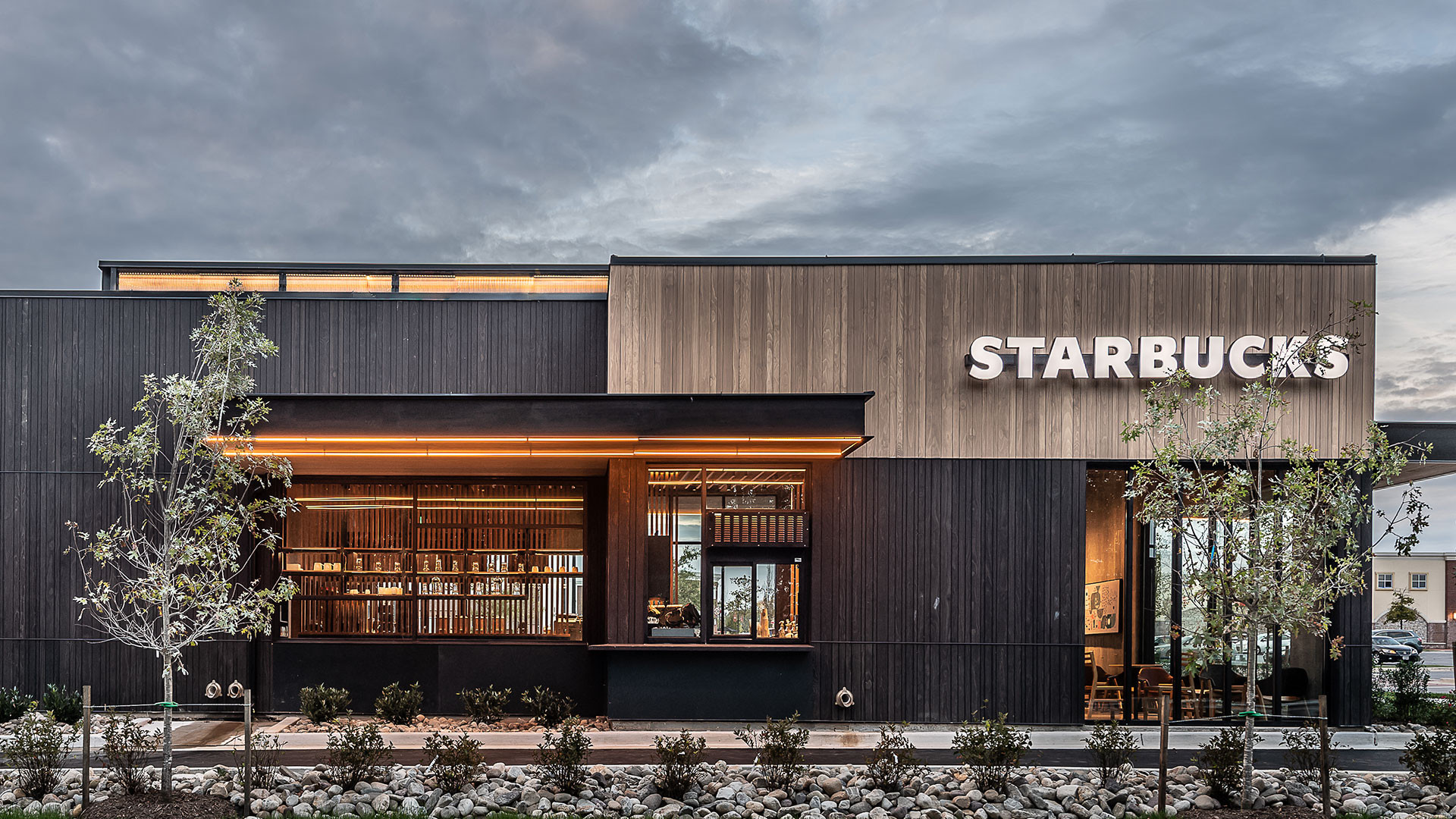Starbucks Baristas' Nationwide Strike: A Christmas Eve Walkout
The aroma of peppermint mochas and gingerbread lattes usually fills Starbucks stores during the holiday season. But this Christmas Eve, a different scent permeated the air – the scent of defiance. Thousands of Starbucks baristas, represented by Starbucks Workers United, walked off their jobs in a nationwide strike, shutting down hundreds of stores across 43 states. This unprecedented action highlights a growing conflict between the coffee giant and its unionized employees, a conflict rooted in stalled contract negotiations and accusations of unfair labor practices.
The Scale of the Strike and Starbucks' Response
The union, Starbucks Workers United, claimed that over 5,000 baristas participated in the Christmas Eve walkout, effectively closing more than 300 stores. This number is significantly larger than the one Starbucks reported. Starbucks, however, downplayed the impact, stating that approximately 170 locations did not open as planned. The company emphasized that the vast majority of its 10,000+ stores remained operational, serving customers with the help of its nearly 200,000 employees. This discrepancy in reported numbers underscores the ongoing tension between the union and the company, each presenting a different narrative of the strike's impact.
Conflicting Numbers and Perspectives
While the union painted a picture of widespread disruption, portraying the strike as the largest unfair labor practices strike in Starbucks' history, Starbucks emphasized the minimal impact on its overall operations, maintaining that 98% of its stores remained open during the holiday season. This difference in the scale of reported closures and employee participation reflects the divergent perspectives and interests at play in this labor dispute. The union aims to demonstrate the power of collective action to pressure Starbucks into meeting its demands, while Starbucks aims to downplay the strike’s significance and minimize any negative impacts to its reputation and business.
Key Demands and Points of Contention
The strike is a culmination of months of tense negotiations between Starbucks and Starbucks Workers United. The union's core demands revolve around fair wages, better benefits, and the resolution of numerous unfair labor practice charges filed against the company. Workers cite concerns about wages not keeping pace with the rising cost of living, inadequate staffing levels leading to increased workloads and burnout, and inconsistent scheduling that makes it difficult to manage personal life and finances.
Wage Increases and Benefits
One of the most contentious issues is the disparity between executive compensation and employee wages. The union points to the substantial compensation package awarded to Starbucks' new CEO, Brian Niccol, highlighting the contrast with the relatively modest wage increases offered to unionized baristas. The union is seeking a significant increase in the base wage, along with annual raises, cost of living adjustments, and improved benefits such as a Starbucks-sponsored retirement plan and enhanced paid leave protocols. Starbucks, meanwhile, asserts that its current pay and benefits package, valued at an average of $30 per hour for baristas working at least 20 hours a week, is already competitive and sustainable.
Unfair Labor Practices and Contract Negotiations
Beyond wages and benefits, the strike also addresses the numerous unfair labor practice charges filed by workers against Starbucks. These charges, which number in the hundreds, allege retaliatory actions against union organizers and violations of labor laws. The union accuses Starbucks of backtracking on a February commitment to reach a labor agreement by the end of the year, further fueling workers' frustration and prompting the strike action. Starbucks denies these accusations and maintains its commitment to negotiating fairly, but contends that the union's demands are unrealistic and unsustainable for the company.
The Impact and Future of the Starbucks Labor Dispute
The Christmas Eve strike represents a significant escalation in the ongoing labor dispute between Starbucks and its unionized employees. The walkout successfully disrupted operations at numerous locations, drawing significant media attention and highlighting the concerns of workers across the country. The long-term implications of this action remain to be seen, but it underscores the growing power of labor unions in the service industry and the challenges faced by large corporations in balancing profitability with employee well-being. Whether this massive demonstration of solidarity will ultimately lead to a more favorable contract for Starbucks workers is yet to be determined, but it undoubtedly marks a pivotal moment in the ongoing struggle for fair wages and improved working conditions.
Solidarity and the Future of Unionization
The strike also serves as a powerful demonstration of solidarity among Starbucks workers, highlighting the importance of collective bargaining and unionization in addressing workplace concerns. The widespread participation in the walkout, despite the disruption to holiday schedules, speaks volumes about workers' determination to secure better wages, benefits, and working conditions. The outcome of the strike will undoubtedly have repercussions for other unionized workers at Starbucks and could influence labor relations in the broader service industry. The coming weeks and months will be crucial in observing the impact of this landmark strike and whether it contributes to significant positive change in the workers' conditions or if it simply marks another chapter in a protracted labor battle. This is a battle that extends beyond the confines of Starbucks, echoing broader concerns about income inequality, worker rights and the role of unions in advocating for fair treatment and better employment conditions across many industries and many nations.
The strike, which concluded on Christmas Eve, serves as a stark reminder of the ongoing power struggle between corporations and their employees. Only time will tell the lasting impact of this significant labor action.


















